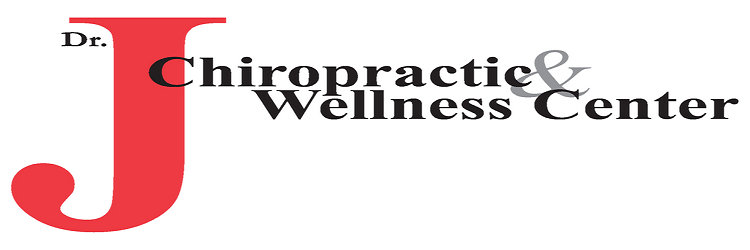The shoulder is a complex joint that offers extraordinary
mobility while providing a junction where the spine and neck nerves
connect with the body. If you live or work in and around Nitro, WV, and
experience shoulder discomfort or pain, Dr. Jay McClanahan of Dr. J
Chiropractic & Wellness Center offers chiropractic and complementary
therapy options to help you move pain-free.
The shoulder joints are complex, consisting of -
- The
Acromioclavicular Joint – the joint that defines the meeting
point of the collarbone and shoulder blade.
- The
Glenohumeral Joint – the joint where the shoulder socket meets
the upper arm bone.
The pain and discomfort that can be felt in the shoulder
region typically stem from spinal misalignment or some sort of injury or
traumatic event that causes damage, as noted below. While pain manifests
differently for most, typical shoulder symptoms include –
- Throbbing,
sharp, dull, or radiating pain.
- Stiffness
or a reduced/limited range of motion for the shoulder joints.
- A
tingling or numbness is often described as pins and needles.
- Sensitivity
or tenderness or shoulder soreness, especially when applying pressure.
Common Reasons for Shoulder Pain
Shoulder pain can occur at any time; however, most people
who experience shoulder pain find the discomfort intensifies at night when the
joints naturally stiffen. Sensations may vary from dull to sharp, aching or
burning, being aggravated when you begin to move.
The most common causes of shoulder pain are-
- Overuse
results in strained muscles.
- Arthritis
affecting the shoulder joint.
- Tendonitis
or tendinopathy.
- Inflammation
of the shoulder bursa (bursitis).
- Ligament
tears.
- Nerve
compression or pinching.
- A
rotator cuff injury.
- Shoulder
impingement syndrome.
- Frozen
shoulder, also known as adhesive capsulitis.
- Dislocation
of the shoulder joint.
- Pain
referred from other muscles.
- Years
of poor posture.
Treating Shoulder Pain with Chiropractic Care
Dr. Jay offers various chiropractic and alternative,
complementary treatments that assist in helping to reduce or eliminate the pain
and related discomfort associated with a shoulder. In addition to prescribing
therapeutic exercises or offering lifestyle guidance, Dr. Jay also provides
these services and more -
- Chiropractic
Adjustments.
- Spinal
Decompression.
- Electric
Muscle Stimulation.
- Cupping.
- Massage
Therapy
- Deep
Tissue Massage.
- Sports
Massage.
- Swedish
Massage.
- Youth
Massage.
- Therapeutic
Ultrasound, and more.
Contact a Leading Nitro, WV, Chiropractor Near You
For more information on how chiropractic care can help
relieve shoulder pain and related symptoms, contact Dr. McClanahan
or a staff member of Dr. J
Chiropractic & Wellness Center at 304-776-1520 online.
